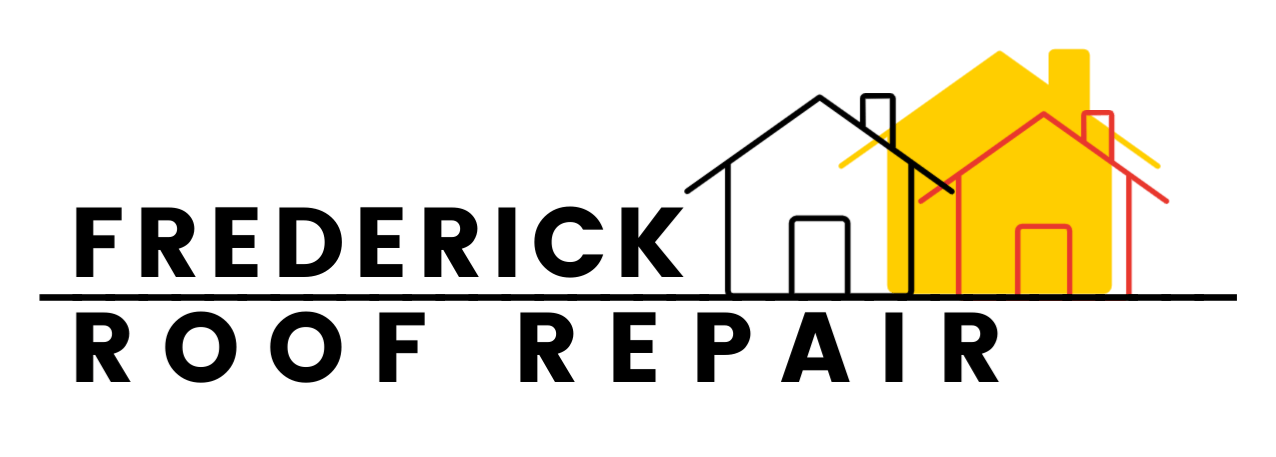Can Roofing Be Done
In The Winter?
Roofers are people who are used to extreme weather. Feel sorry for them if you want to, but don’t let that keep you from giving the good ones a job.
by Stefan Mach, Owner
Many people may find themselves in need of roof work to be performed in the colder months and yet wonder whether performing roof work during this time is a good idea. “Perhaps it is better to wait until the Spring when things warm up? After all, roofers probably don’t want to be on the roof when I don’t even want to be outside.” Whereas the concern about the quality of roof work done in the winter deserves a detailed answer, and the concern about the roofer is thoughtful, I believe the answers provided for the first concern will be enough to show that most roof work doesn’t have to be put off, and well, as far as the second concern goes, if everybody thought that way, roofers would lose their jobs.
So while it's possible to replace a shingle roof in the winter, most roofers will agree it's not recommended when the temperature drops below 40°F for the entire day. Many roofing products require the sun's heat to activate their adhesive properties. The ideal temperature range for roof installations is between 50 and 80°F (21-27°C). In cold weather, asphalt material loses its ability to bend, making shingles more susceptible to having the nails go all the way thru them. This is not good.
When considering roof work to be performed in the winter, as at any other time, we first must divide roofing into the two major categories of “repairs” and “replacements”.
As far as repairs go, just about any repair to any roofing system can be done as well in the winter as it can be in the summer. Where the lack of warmth prevents an immediate seal between shingles, caulking can be used to provide this seal. Letting shingles remain off of the roof during the winter is a good way to turn a minor repair into a major one. Once snow piles on the roof, repairs become extremely difficult and snow melt can bring large quantities of water to bear upon drywall adding inside damage to outside damage. It should not be forgotten that melting snow can cause leaks where rain would not. The classic “ice dam” is one example, but the generally meandering path taken by water that melts under snow enables it to find ways into the roofing system that a steady rain might not. Yes, the snow closest to the roof will melt before all the snow above it creating a water layer between the shingles and the bulk of the snow, this being caused by heat lost from the inside of the house. Expect a roof to leak the whole time snow is melting on the roof, not just at the end of the snow melt. Homeowners should view the time before major snowfall as their “last opportunity” to prevent potentially devastating consequences resulting from known roof damage. Now, not to back pedal, but I would like to say that we have done many successful roof repairs even with 6 inches of ice on flat roofs, for instance in Montgomery Village, MD where there are lots of townhouses with flat roofs. It goes without saying that these repairs would have been relatively easy “before” the ice storm. Nevertheless.
When it comes to full replacements, we need to consider roofing projects as broken down into three major categories. First, we will consider flat roofs, followed by shingle roofs, and then finally “rigid roofs” (roofs that are neither flat nor depend upon a tar strip to help the individual pieces adhere to one another.
Many flat roof systems are “temperature dependent” by design. “Self adhering” systems are the prime example. These roofs cannot be installed under certain temperatures as determined by the manufacturer. However, two other major flat roof systems remain in the residential roofing category. There are those that utilize a torch to adhere them to a base surface, and those that are mechanically attached. Either one of these systems can be installed without thought being given to outside temperatures. Mechanically attached systems can be installed without thought being given to “burning down your house”, a nice feature of the mechanically attached system. Once such system is “Dura-last” which is specially designed to “enclose” the fasteners during installation. The details of the roof (seams, skylights, etc.) are completed with the use of a “heat gun”, a much safer method of installation.
Shingle roofs are the most likely to suffer as a result of a winter time installation, but this is dependent upon a number of factors. First, one ought to consider the immediate surroundings of the house to be roofed. “Is this an area where a large quantity of dust is likely to deposit itself between my shingles before Spring temperatures adhere them together?” If your house has a lot of construction going on around it, you might want to postpone your winter time shingle job. Second to be considered is the roofer you have selected to do the job. “Does he take care to set the pressure on his nail guns so as to not overdrive the fasteners? Do those using nail guns on his crew habitually “shoot high” to prevent a low nail?” If he can’t look you in the face and confirm that he understands the effect of temperature on winter time installation of shingles, then he ought not roof your house. If you are sure of your roofer, not worried about dust, and are installing a shingle that exceeds wind speeds in your area (30 year architectural shingles are rated from Atlas at 130 mph), then a winter time installation is fine. One day of 45-50 degrees shortly after installation is enough to get the seal started. Consider for a moment how many roofs are performed in the winter by subcontractor crews on dusty construction sites with 60 mph rated shingles, and you will see that attention to the above details can result in your getting a good roof despite the variables.
“Rigid roofs” or those made from metal, slate, composites, cedar shakes, etc., do not rely on their relative “seamlessness” after installation or a “tar strip” to hold them in place, but are rather dependent upon the fasteners themselves (nails, screws, clips). These roofing systems can all be installed in the winter, though some of them require modifications to be made during installation. As an example, composite slate or “fake slate” and shakes can be nailed on with a gun in the warmer months, but must either a) be hand-nailed in the colder months or b) warmed up inside just prior to installation. Metal roofs requiring roofers to carry large panels around on the roof can be tricky in high winter winds. Whatever the case, these roofs can be applied during the winter months without any necessary loss of life to the system as a whole or increased likelihood of problems later.
From the above, you can see that roofing is a trade in which adjustments often have to be made for variables in weather, but it is not a trade which comes screeching to a halt during the cold season, any more than it does when the risk of rain is higher day by day or when it is 95 degrees outside (approximately 160 degrees on the roof). Roofers are people who are used to extreme weather. Feel sorry for them if you want to, but don’t let that keep you from giving the good ones a job.
If you still have questions about winter roofing, please contact us by filling out my form .
Thanks for reading.

